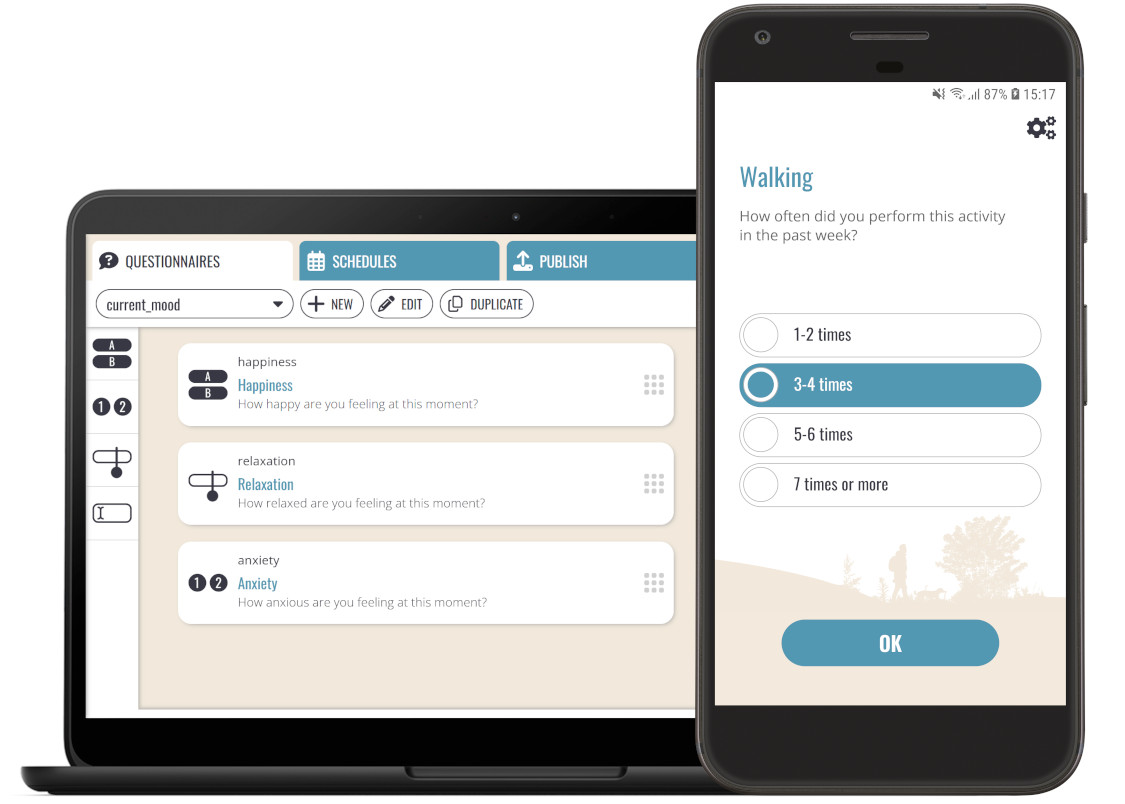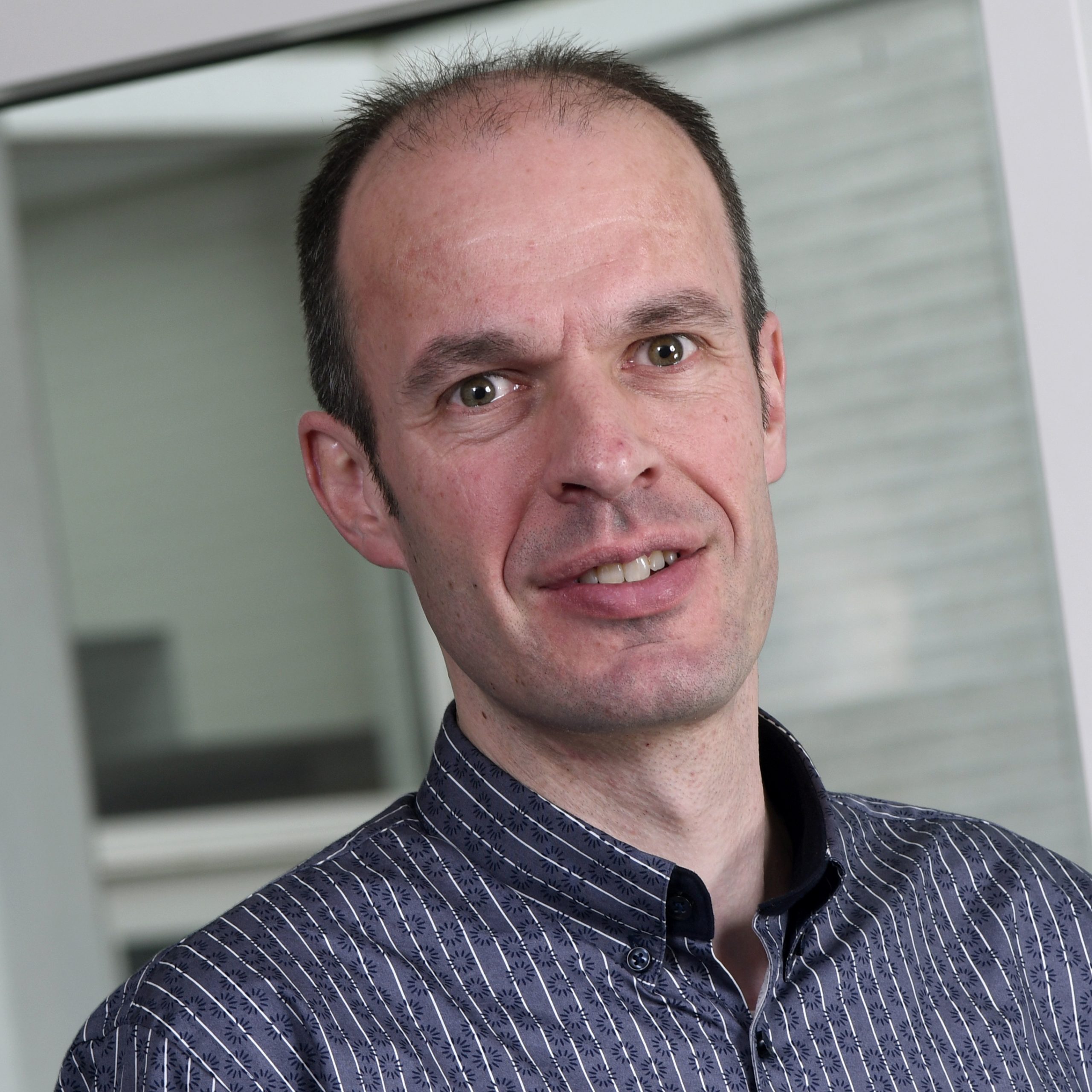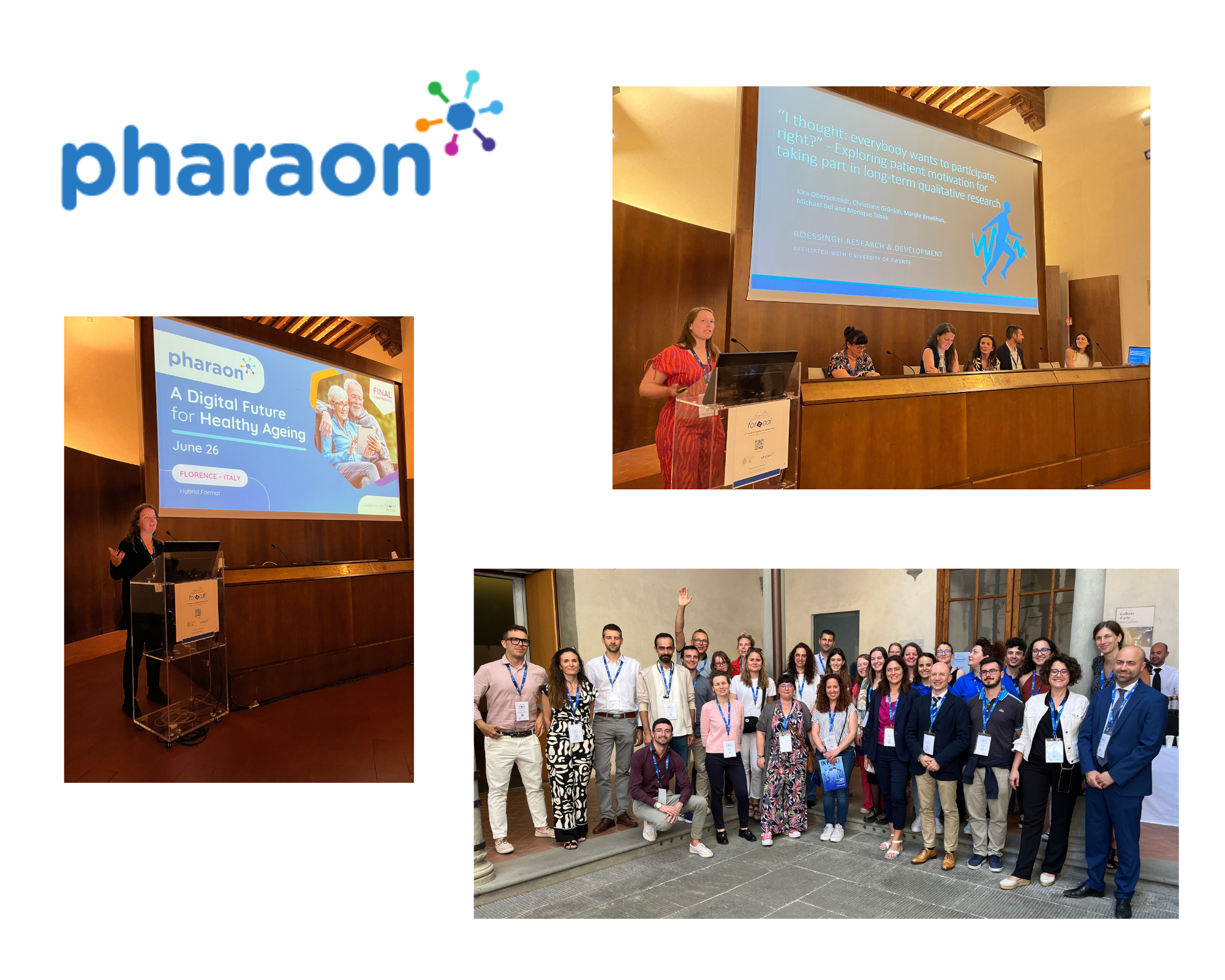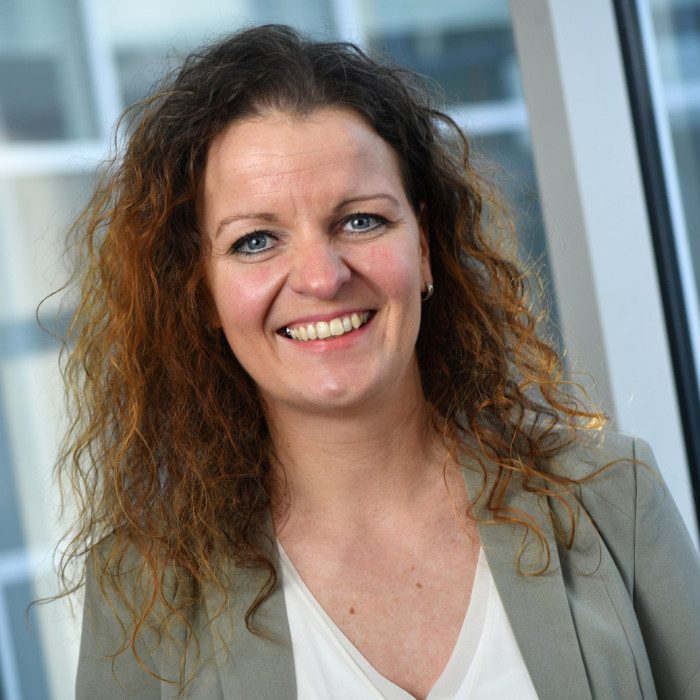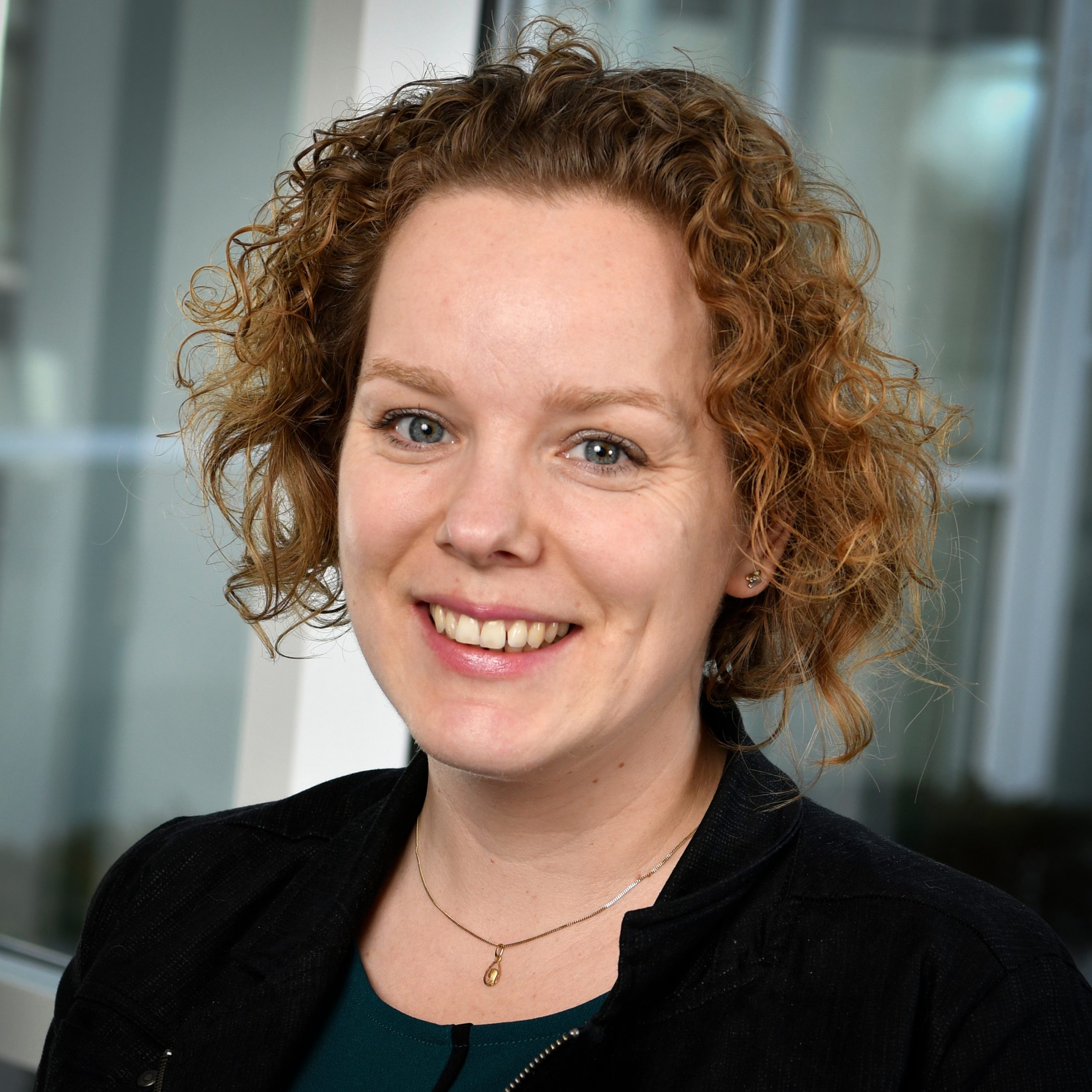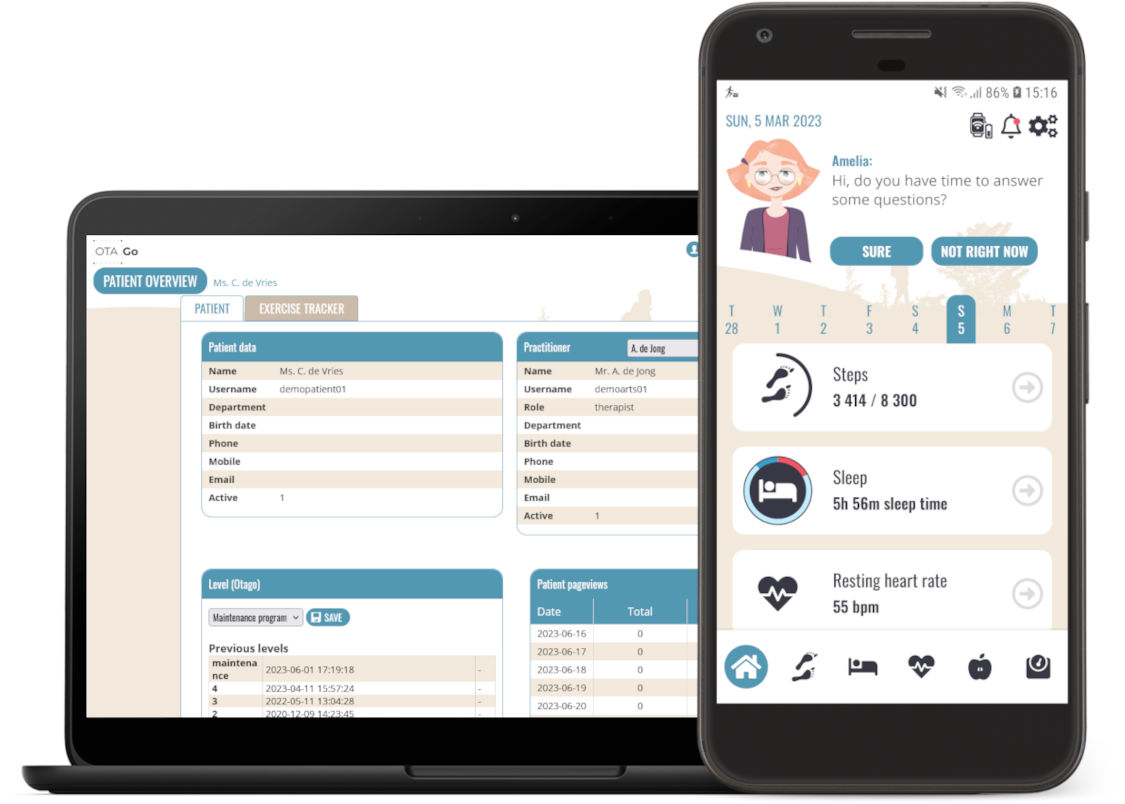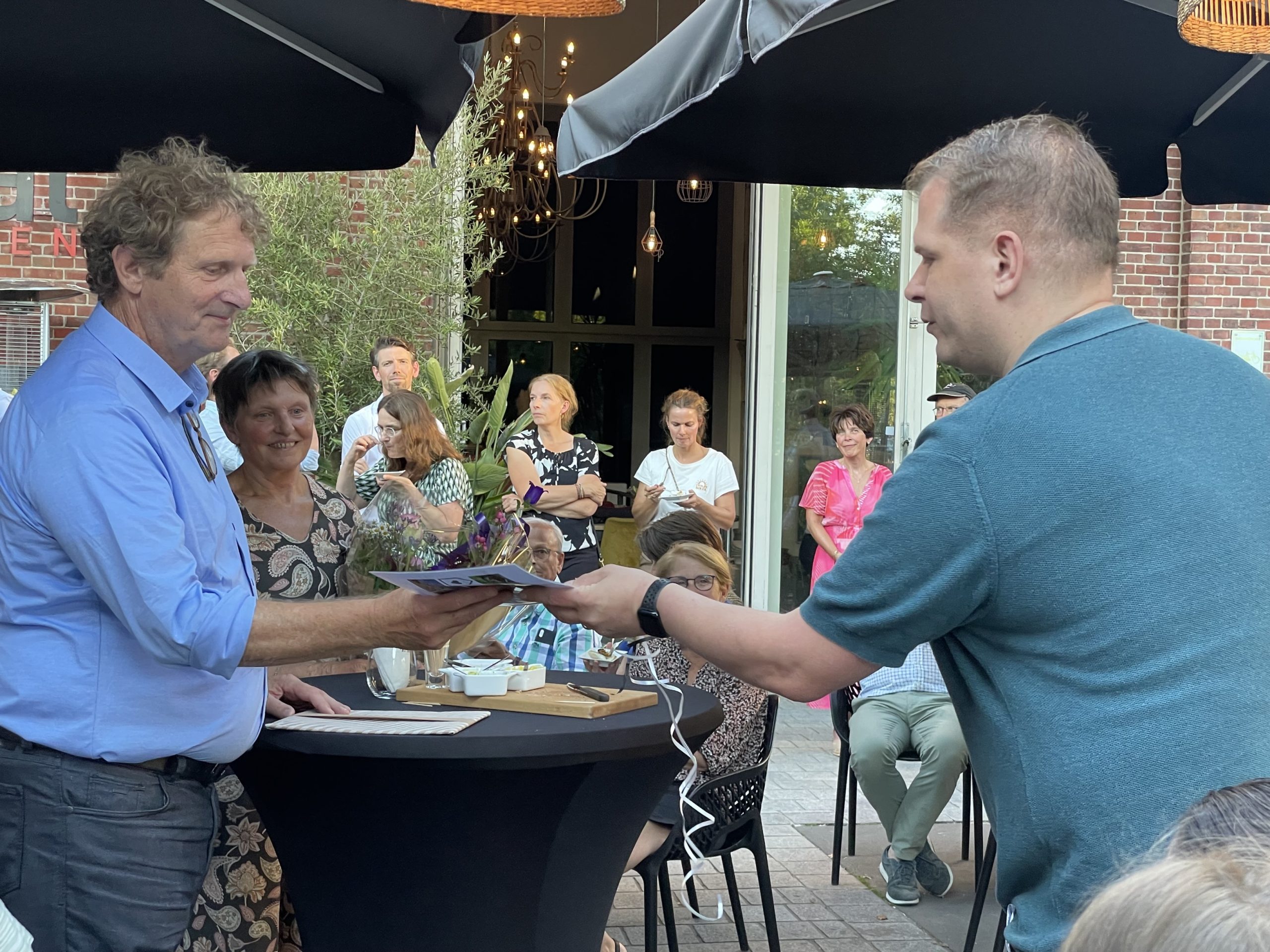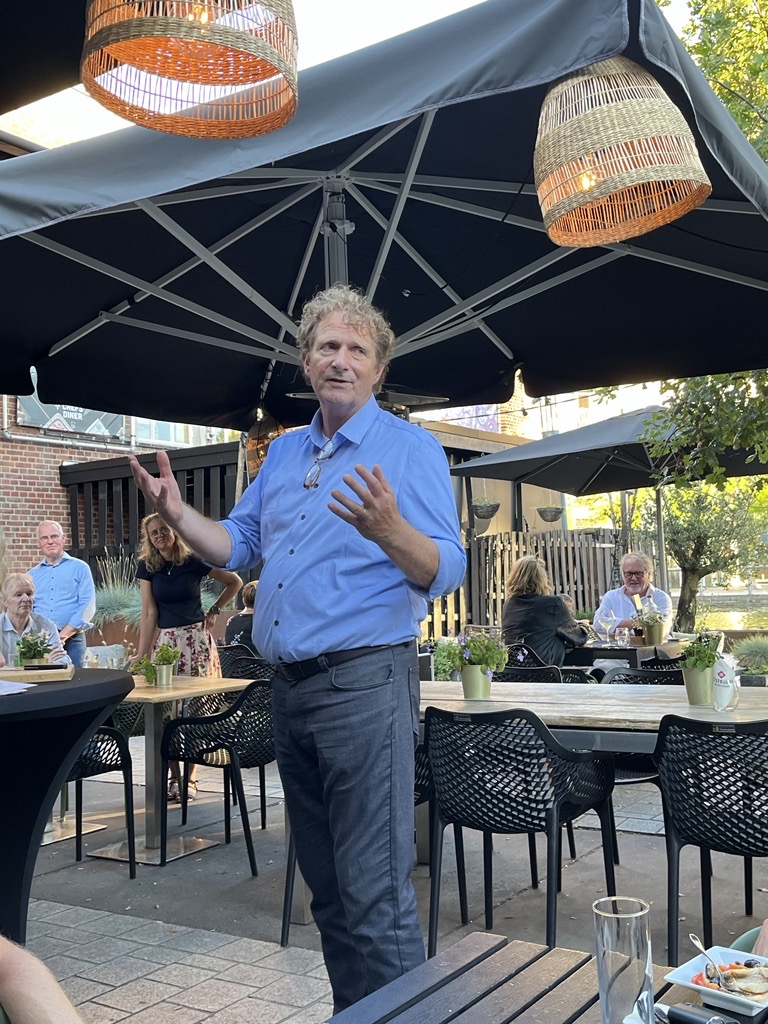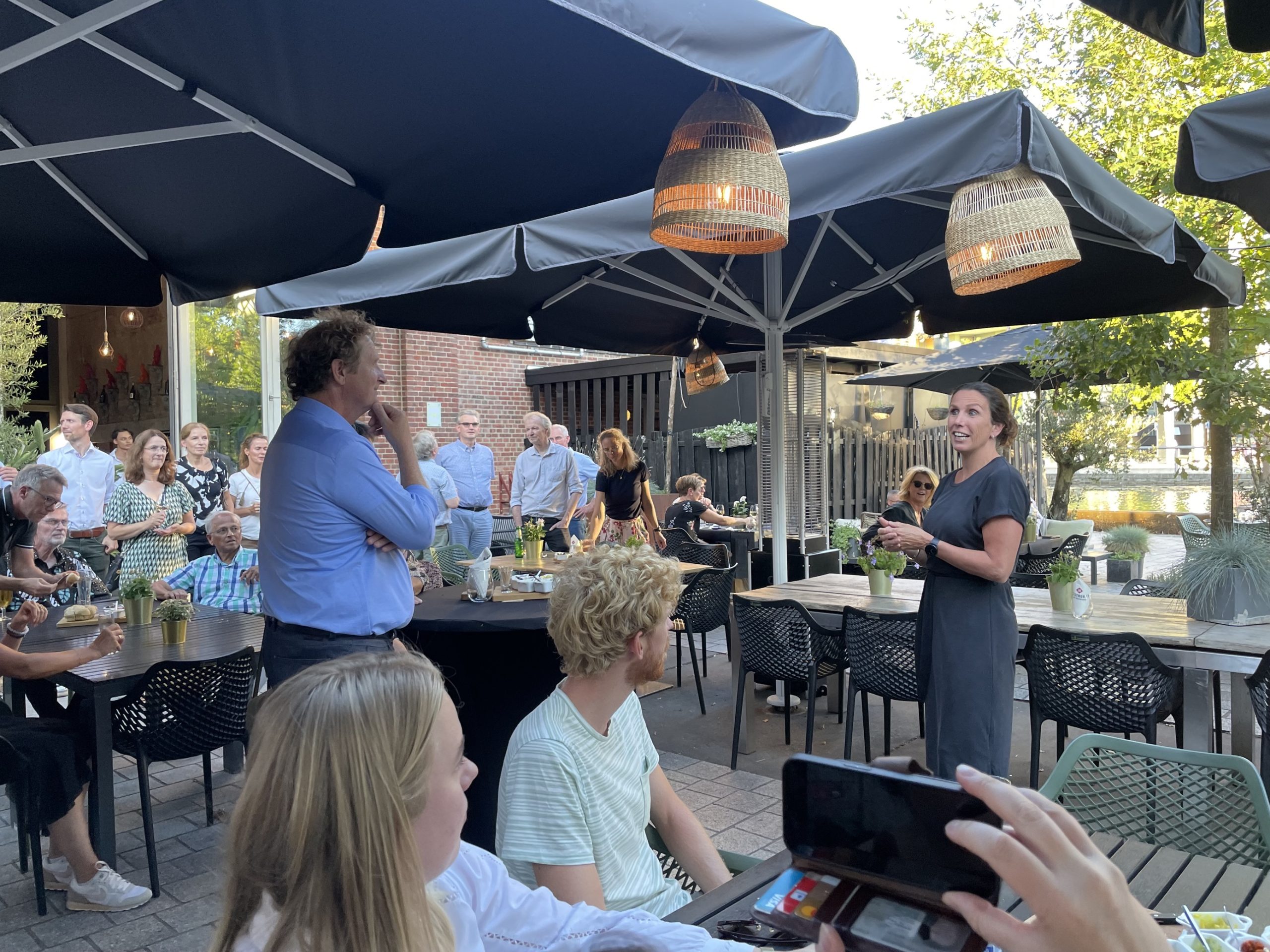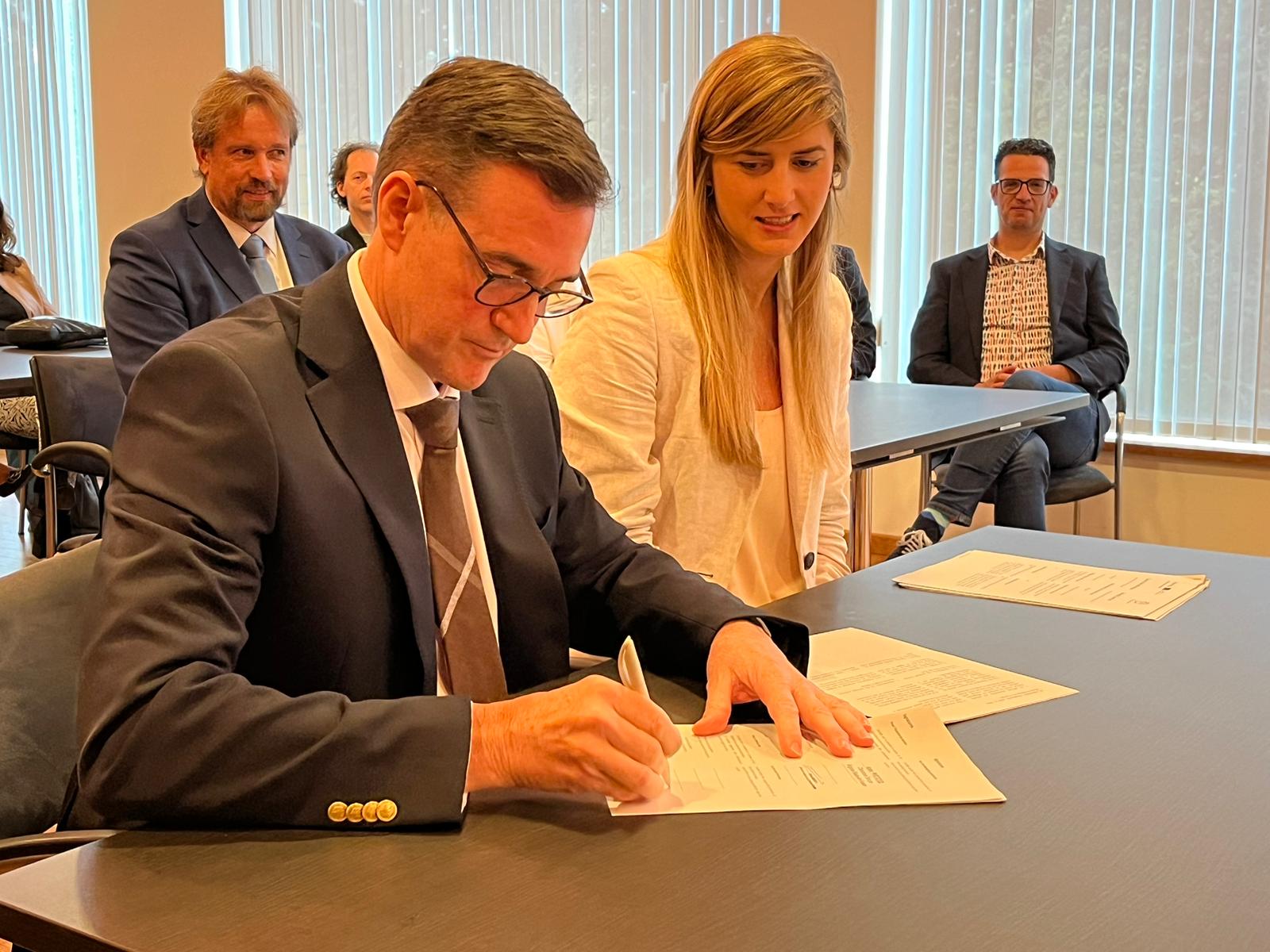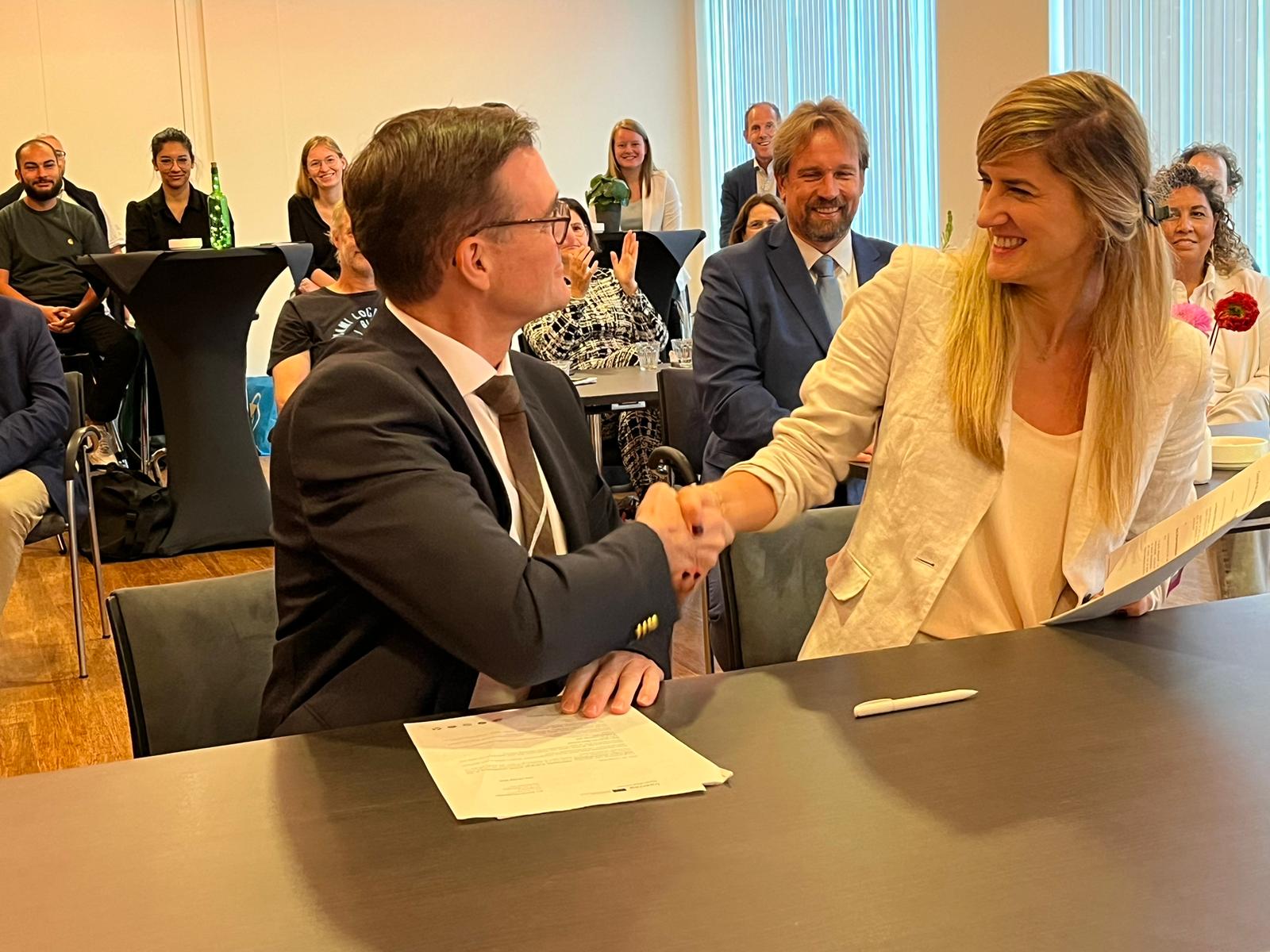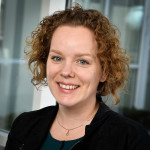Fellow Stephanie Jansen-Kosterink and Gabriel Costa (CEO of J58) were interviewed by Aafke Eppinga of Innovation Origins about the importance of patient-centered innovations, the ecosystem in Twente and making an impact. Below is a repost of this interview (https://innovationorigins.com/nl/bij-j58-staat-eindgebruiker-centraal-je-kunt-begraafplaats-vullen-met-innovaties-die-voorbijgaan-aan-wensen-van-eindgebruiker/).
The story of J58 has its origins in Brazil. When professional volleyball player Augusto Hosanna ends up in a wheelchair after a severe car accident, he has only one dream: to be able to play volleyball again. So Rivelino Montenegro, one of Hosanna’s best friends, came up with the idea of designing a wheelchair where his friend could stand – and thus play volleyball. J58’s founding team was complete when they met compatriot Gabriel Costa at a conference in 2017. All three bring their expertise: Hosanna knows from personal experience what it is like to be in a wheelchair, Montenegro has entrepreneurial experience, a medical background, and a PhD in material science, and Costa takes care of the technical side of things.
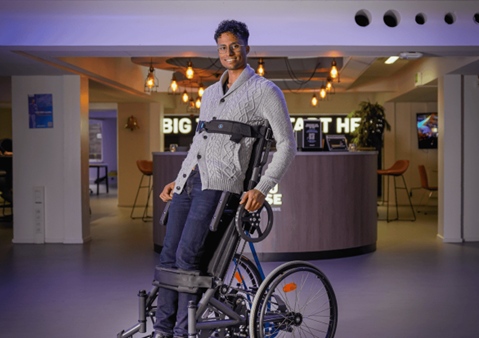
Costa: “We are not the first to develop a standing wheelchair; there are already electric versions. But those are very heavy, and you can’t put them independently in a car, for example. Moreover, they are costly, and you are dependent on a battery. We wanted to design something with the advantages of such an electric sterol chair, but not the disadvantages.”
The result is The Next Wheelchair. A mechanical wheelchair made on the basis of gas springs enables precise movement, requires no motor or battery, is much lighter, and is many times cheaper than the electric version.
Whoever is not in a wheelchair takes a lot for granted
More importantly, the wheelchair allows users to experience the world on a par with the rest of the people. “Those not in wheelchairs take a lot for granted,” Costa now knows. “We can just look everyone in the eye. Wheelchair users can’t. Going to the supermarket independently is already a challenge; you must always ask for help to grab something from a higher shelf.”
This is also the experience of Jansen, a senior researcher at RRD who sees many patients. “If you are different, you would prefer to be as normal as possible, even if you’ve fully accepted being a wheelchair user. On top of that, it’s unhealthy to sit a lot.”
Many body processes depend on gravity, which occurs when we stand. For example, when you sit, less blood flows through your legs. Also, legs absorb less glucose while sitting, which can disrupt or reduce blood flow to the brain. Costa: “Because users can stand with our wheelchair, it improves circulation and strengthens muscle mass.”
A graveyard full of healthcare innovations
Instead of a tech push, what applies to innovations in healthcare is that users must be included in the development process. “You can fill a cemetery with innovations, AI algorithms, and apps for care that ignore the wishes of the patient or care workers and therefore did not make it through,” Jansen said. That’s why the end user is at the heart of RRD.
They share that philosophy at J58: the main starting point in designing the wheelchair has always been usability. Costa: “One of the biggest requirements is that users can move with our wheelchair to the toilet, bed, or another wheelchair. If you can’t do that yourself, our innovation doesn’t advance.”
Beyond the familiar
But how do you make sure you hook the end user in the right way? Jansen knows that it becomes problematic if you are not trained to talk to patients and look at a product from a tech lens. “So, we ask not only if the wheelchair is comfortable, but also when, how, and where patients would use it and what barriers they see to use it. We don’t ask those questions directly; the trick is to ask the question as openly as possible.”
Costa: “The famous saying of car manufacturer Henry Ford – ‘If I had asked what people want, they would have said faster horses’ – also applies in our case. We have to look beyond the known. Through our collaboration with RRD, we are succeeding. For example, in a pilot, we found it convenient to have someone sit in a wheelchair through the side.”
The most entrepreneurial university in the Netherlands
When the idea for a mechanical standing wheelchair arose in 2020, Costa was almost finished with his master’s degree in design engineering at the University of Twente. It is the most entrepreneurial university in the Netherlands, which is a perfect match. The budding entrepreneurs connect with Novel-T and gain access to coaching calls, an extensive network, and many funding opportunities. The startup also rents office space for a relatively low price at Incubase, an initiative of Novel-T, the University of Twente, and the Student Union. So Costa, born in Brazil and raised in Limburg, has settled in Twente.
‘The whole is more than the sum of its parts’
Right now, J58 is putting the finishing touches on the first production model. Once certification is in, the first pilot series can go into production this year. Talks are ongoing with manufacturers in South Africa and South Korea, but the goal is to grow the company from Twente.
What makes the Twente MedTech ecosystem so unique? Costa thinks it has to do with everyone being very approachable. “Even big companies, like Demcon, make time to run a pilot with us. Everyone wants to help each other.”
Jansen: “Are you familiar with Gestalt psychology? This movement believes that the whole is more than the sum of its parts: 1+1=3. That plays a big part here. We are not concerned with how we can improve ourselves but how we can get better together.”
Giving people back their freedom
In five years, Costa hopes The Next Wheelchair will be the global standard for wheelchair users. “The practical benefits of our innovation are nice, but our main goal is to give people back their freedom and independence. Our first test user has been in a wheelchair for 18 years after a diving accident. He took his wife to the test, and the first thing he did was kiss her. I will never forget that moment; our company is more than an engineering project.”
